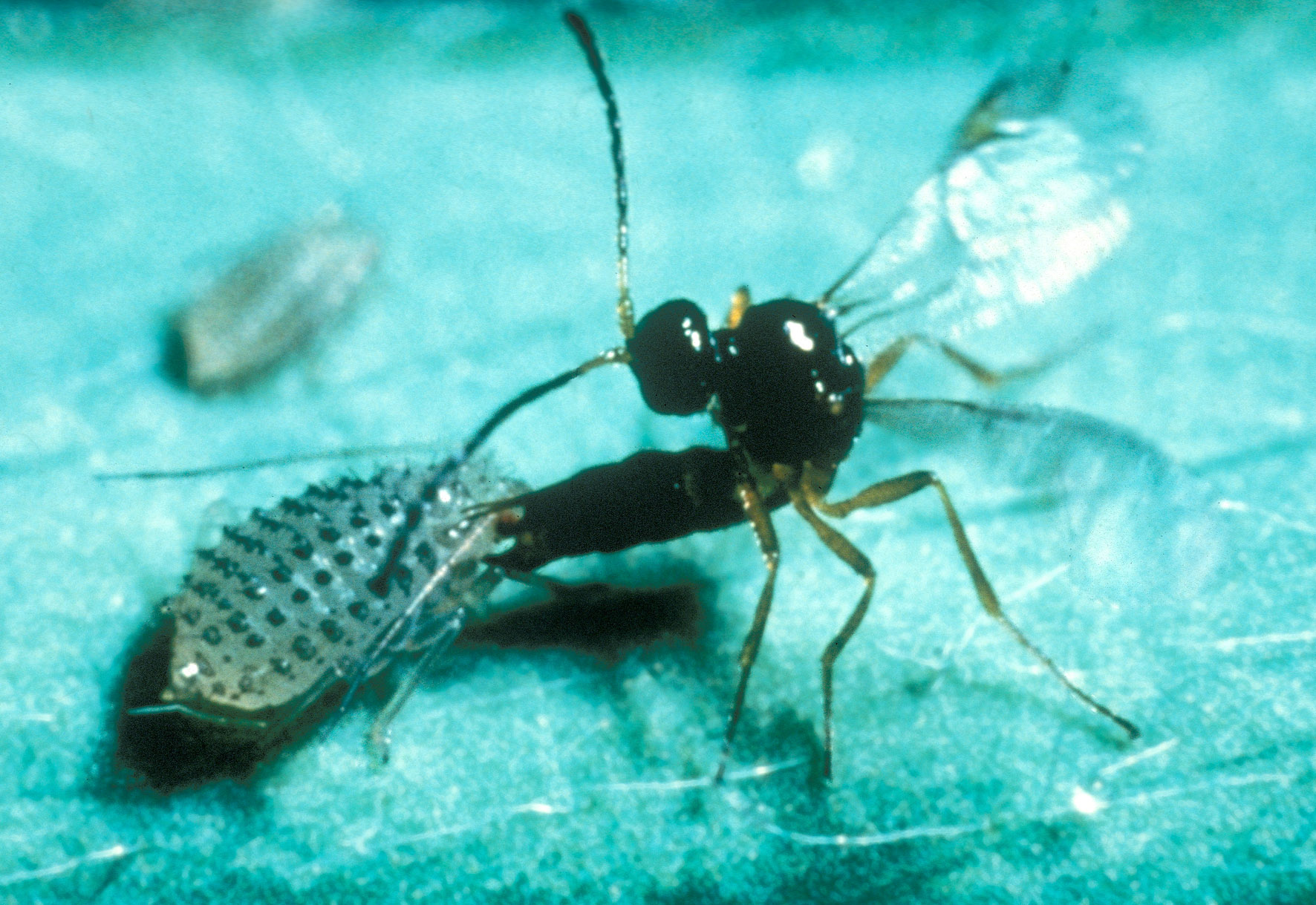|
Stethaspis
''Stethaspis'' is a genus of Beetle, beetles in the family Scarabaeidae, subfamily Melolonthinae. Description Like other Melolonthinae, adult ''Stethaspis'' are oval and robust in shape. The Antenna (biology), antennae are relatively short and have the last few segments flattened and finger-like. The Elytron, elytra leave the end of the abdomen exposed. ''Stethaspis'' are green in colour and range from 13 to 24 mm in length. Larvae are creamy white with a prominent head, relatively large legs and a darkened posterior end (this darkening is due to the gut contents showing through the body wall). The body is curled up into a C-shape. When mature, ''Stethaspis'' larvae can be up to 45 mm long. Ecology Similar to other melolonthines, ''Stethaspis'' beetles feed on plant foliage as adults and plant roots as larvae. Adults are known to damage Douglas fir. Larvae of ''S. longicornis'' are eaten by Polynesian rat, Polynesian rats. Additionally, ''Stethaspis'' larvae are potential h ... [...More Info...] [...Related Items...] OR: [Wikipedia] [Google] [Baidu] |
Stethaspis Convexa
''Stethaspis'' is a genus of beetles in the family Scarabaeidae, subfamily Melolonthinae. Description Like other Melolonthinae, adult ''Stethaspis'' are oval and robust in shape. The antennae are relatively short and have the last few segments flattened and finger-like. The elytra leave the end of the abdomen exposed. ''Stethaspis'' are green in colour and range from 13 to 24 mm in length. Larvae are creamy white with a prominent head, relatively large legs and a darkened posterior end (this darkening is due to the gut contents showing through the body wall). The body is curled up into a C-shape. When mature, ''Stethaspis'' larvae can be up to 45 mm long. Ecology Similar to other melolonthines, ''Stethaspis'' beetles feed on plant foliage as adults and plant roots as larvae. Adults are known to damage Douglas fir. Larvae of ''S. longicornis'' are eaten by Polynesian rats. Additionally, ''Stethaspis'' larvae are potential hosts for the introduced scoliid wasp '' Radumeris ... [...More Info...] [...Related Items...] OR: [Wikipedia] [Google] [Baidu] |
Melolonthinae
Melolonthinae is a subfamily of the Scarabaeidae, scarab beetles (family (biology), family Scarabaeidae). It is a very diverse group; distributed over most of the world, it contains over 11,000 species in over 750 genera. Some authors include the scarab subfamilies Euchirinae and Pachypodinae as tribe (biology), tribes in the Melolonthinae. Unlike some of their relatives, their Morphology (biology), habitus is usually not bizarre. They resemble the Rutelinae in being fairly plesiomorphic in outward appearance. Like in many Scarabaeidae, males have large fingered antenna (biology), antennae, while those of the females are smaller and somewhat knobby. In the Melolonthinae, this sexual dimorphism is particularly pronounced. Many species have striking – though rarely brilliant or iridescent – hues and bold patterns of hairs. Being often quite sizeable and swarming in numbers at certain times, for example the ''Amphimallon'', ''Phyllophaga'' and ''Polyphylla'' "June beetle ... [...More Info...] [...Related Items...] OR: [Wikipedia] [Google] [Baidu] |
Scarabaeidae Genera
The family Scarabaeidae, as currently defined, consists of over 35,000 species of beetles worldwide; they are often called scarabs or scarab beetles. The classification of this family has undergone significant change. Several groups formerly treated as subfamilies have been elevated to family rank (e.g., Bolboceratidae, Geotrupidae, Glaresidae, Glaphyridae, Hybosoridae, Ochodaeidae, and Pleocomidae), and some reduced to lower ranks. The subfamilies listed in this article are in accordance with those in Catalog of Life (2023). Description Scarabs are stout-bodied beetles; most are brown or black in colour, but many, generally species that are diurnally active, have bright metallic colours, measuring between . The antennae of most species superficially seem to be knobbed (capitate), but the several segments comprising the head of the antenna are, as a rule, lamellate: they extend laterally into plates called lamellae that they usually keep compressed into a ball. T ... [...More Info...] [...Related Items...] OR: [Wikipedia] [Google] [Baidu] |
Ectoparasitoid
In evolutionary ecology, a parasitoid is an organism that lives in close association with its host at the host's expense, eventually resulting in the death of the host. Parasitoidism is one of six major evolutionary strategies within parasitism, distinguished by the fatal prognosis for the host, which makes the strategy close to predation. Among parasitoids, strategies range from living inside the host (''endoparasitism''), allowing it to continue growing before emerging as an adult, to paralysing the host and living outside it (''ectoparasitism''). Hosts can include other parasitoids, resulting in hyperparasitism; in the case of oak galls, up to five levels of parasitism are possible. Some parasitoids influence their host's behaviour in ways that favour the propagation of the parasitoid. Parasitoids are found in a variety of taxa across the insect superorder Endopterygota, whose complete metamorphosis may have pre-adapted them for a split lifestyle, with parasitoid larvae a ... [...More Info...] [...Related Items...] OR: [Wikipedia] [Google] [Baidu] |


